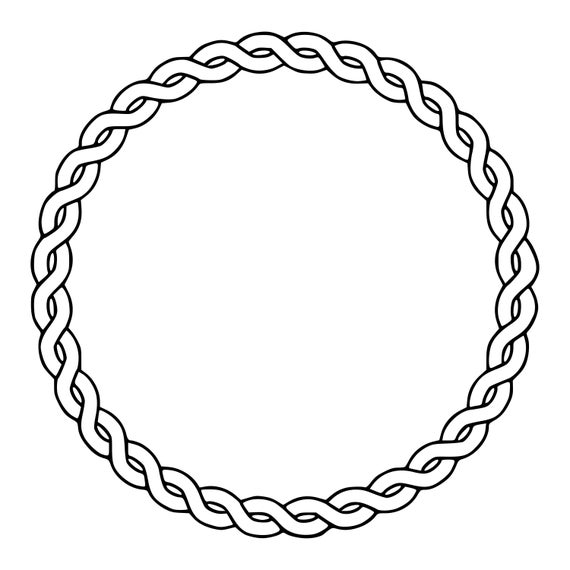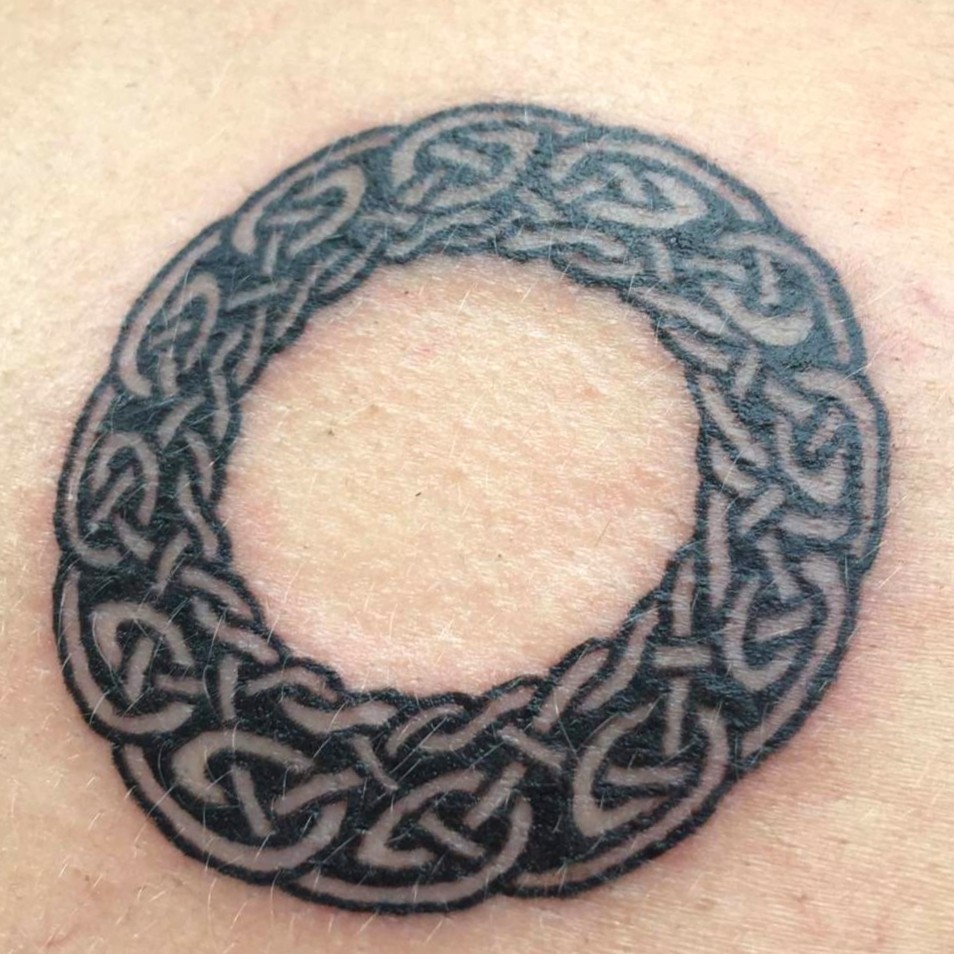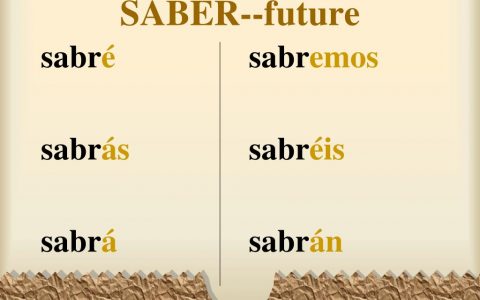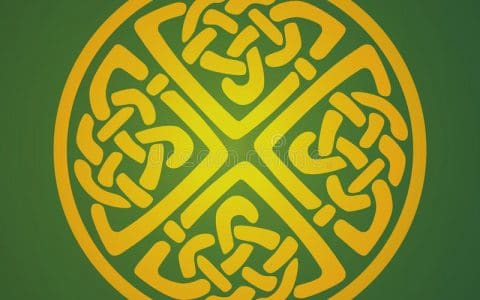Despite the fact that the Celtic civilization left a plethora of symbols and icons, historians wrote only a few records about them. Based on their remnants—the Celtic symbols—we can only speculate about their mythology, culture, religious beliefs, and customs.
Celtic symbols continue to be a popular choice for body art, not only for their aesthetics but also for their symbolic meanings.
The Caim symbol, also known as the Celtic circle, is a popular tattoo design that represents a prayer.
This prayer is known as a “Celtic circle” because guests performed it in a sacred circle at the altar during Celtic wedding ceremonies.
It is still practised today by casting a ring around oneself or a person for whom one wishes to pray. So, it physically encircles them with protection or something else.

Caim circle
The Caim refers to “casting a circle of protection” in Celtic symbolism. It’s a prayer with a specific rhyme and metre. The people at a wedding ceremony write this to protect the groom and bride.
People perform Caim by circling the couple with a lance or a sword. The circle formed represents wholeness, community, and connection to the universe. Because marriage represents a new beginning, this circle expresses a wish for the newlyweds to have the best possible start.

Where does the word Caim come from?
Caim is a Gaelic rendering of biblical ‘Cain’. He appears in a variation of Dardanus of Troy’s fantastical pedigree spun out in Lebor Bretnach. It is the Middle Irish language recension of the compilation called Historia Brittonum, known in the 9th-century version by Nennius.
History of the Caim Symbol
The Caim was the Celtic tradition of casting a protective ring or circle. People do it in order to protect a couple during their wedding.
Marriage used to be a political event among the ancient Celts. Especially when the bride and groom are from different clans. Treason could occur, which would almost always result in a battle.
This is why Caim was essential in any wedding ceremony.
The custom of the bride riding on her groom’s left arm began in the Scottish Highlands.
Because most people were right handed, during a wedding ceremony, the groom escorted his bride to the altar with his fighting arm free and his sword drawn. He did this so he could defend himself against any scorned suitors.
This was also the original role of the best man at a wedding. He was the “bodyguard” for the couple. He guarded the bride and groom as they entered and exited the ceremony.
The sword and the casting of the protection ring are no longer part of the modern wedding ceremony. The Caim prayer, on the other hand, has survived, and many examples can be found today.
The most notable of these Caim prayers are from Alexander Carmichael’s Carmina Gadelica. Our ancestors wrote it around 1900. These prayers originated in the Scottish highlands and islands and have been passed down through generations.
The Caim was regarded as a protective spirit in pre-Christian Celtic culture. The Celtic people began to emerge during the rise of Christianity in Wales, Ireland, and Scotland.
Read Also: Valknut meaning — all you need to know about this Germanic symbol
People regarded the Caim as a protective spirit in pre-Christian Celtic culture. The Celtic people began to demonise traditional Celtic spirits and abandon Druidry as Christianity spread in Wales, Ireland, and Scotland. The Caim later evolved into a Christian Celtic protection prayer.
Caim symbol meaning
The Caim was the Celtic tradition of casting a protective ring or circle. This “circling prayer” is still practised today. It is practised on oneself or on someone for whom one wishes to pray. Latter-day Celts, wiccans, pagans and mystics and also even evangelicals use this simple drawing of a circle that symbolises protection. Caim is a Gaelic word that means “protection” or “sanctuary.” Historians derive this term from the root word “circle,” “to bend/turn,” which is evident when drawing the Caim.
The Caim or Celtic circle, as a symbol, serves as a reminder of the Father Almighty’s presence and protection in dark times. It symbolises His love encircling us.

What does the Caim symbolise?
The Caim circle, in essence, represents protection, wholeness, communion, attachment to the universe, and serves as a reminder.
The primary symbolic meaning of the Caim circle is protection. People used to and still cast it to provide a spiritual and physical shield to yourself or the person you wish to protect.
- Wholeness – Originally people use it in wedding ceremonies. The Caim circle was cast around the bride and groom. It not only provided protection for the couple, but it also represented wholeness because the two came together to form one whole entity.
- Communion – When two people from different clans marry in holy matrimony, the two clans form a new communion. So, those once rivals become family, and peace reigns. This was especially true in ancient times when marriages were planned to promote harmony between warring communities. In such cases, people formed a circle around the bride and groom during their wedding ceremony to symbolise their newly formed friendship.
- Affection for the Universe – The Caim circle, in addition to uniting, is intended to ground you and make you one with the universe, especially when accompanied by prayer.
- A Reminder – The Caim Symbol is cast to remind you or the person on whose behalf it is cast of God’s love and protection.
Caim symbol today
Prior to the advent of Christianity, people regarded the Caim as a sacred symbol of the protective spirit. However, as the new religion took hold and Druidry faded away, the casting of the ring with a sword became obsolete.
Nonetheless, the Caim prayer survived and people adopted it into Christianity as a protection prayer.
The most notable of these Caim prayers is from Alexander Carmichael’s collection, the Carmina Gadelica. Our ancestors wrote it around 1900. These prayers originated in the Scottish Highlands and Islands and have been handed down through generations.
Primarily, Latter-day Celts, Wiccans, pagans, mystics, and occasionally evangelicals use the Celtic Circle still today. They continue to use the act of drawing a circle to shield themselves from harm.
Furthermore, we draw the Celtic circle on pendants and other jewellery and wear it as a protective symbol. Some people choose to have the circle tattooed on them as a more permanent symbol of protection.
There are numerous energies, both external and internal, that can affect or threaten us in today’s world. You might be concerned about aspects of your family, health, job, or relationships.
The Caim circle of protection serves as a reminder that these worries do not have to wear you down.
You are reminded that you have a protector who is always with you and that all you have to do is call on this protector, and your life will be filled with love, peace, and prosperity.
Even though the Caim circle of protection is no longer cast at weddings, it still has symbolic significance. You can use it as long as you and your spouse agree that it can be a fun way to make your vows even more meaningful.
Caim tattoo
The Caim is simply drawing a circle around yourself or another person, either physically or mentally. We found this encircling prayer on our awareness of the divine’s constant companionship and protection. It reminds us that God is present in this location. Celtic pilgrims would frequently inscribe a circle around themselves as a reminder of God’s ever-present companionship and protection as they embarked on journeys or felt threatened.
It is simple to perform the encircling prayer. Pause for a moment, then draw a holy circle around yourself or, if you prefer, around a loved one. Inscribe a circle around yourself with your index finger.
You can use a traditional or modern encircling prayer as you draw the protective circle. You can also write and read your own personal prayer for yourself or someone else. In any case, the power of a spiritual tradition often finds its most vibrant expression when we embody it from our deepest spirit and in our own hearts’ language.

Caim sanctuary
The Caim is a word that means ‘sanctuary’ or ‘protection.’ It has a Gaelic origin. Again, we draw an invisible circle of protection around the body with the hand. It reminds you that you are safe and loved even in the darkest of times.
Ancient Celts and others used the Caim as a profound circling prayer/chant for millennia.
The Caim prayer
We recite the Caim which is a prayer in a sacred circle at the altar to protect the bride and groom during their marriage. Caims have a unique rhyme and metre that acts almost mystically, focusing one’s intent and making sacred space even more sacred.
The circle represents wholeness, community, and connection to the greater cosmos. People drew it around the couple with a sword or lance. Marriage, in and of itself, represents the beginning of a new life. The meaning and symbolism of protective prayer within this sacred circle created by armament was critical to the highlander’s best possible start.
Marriage can also be a highly political event, especially when it occurs between clans. Battle and betrayal could come from anywhere. In the Scottish Highlands, the groom would accompany his bride to the altar with his sword drawn and his fighting arm free, thus the tradition of the bride on his left (as most were right-handed). He could protect her from other suitors’ attacks. This was also the Best Man’s original role, to protect the couple as they entered and exited the ceremony.
The sword and the cutting of the circle have vanished in modern times. Instead, only the prayer itself remains. Many examples of this prayer from the Victorian era still exist. Some of the most notable is from Alexander Carmichael’s Carmina Gadelica, written around 1900. These are from Scotland’s highlands and islands. The collection includes several examples of Caim prayers that our ancestors have passed down through the generations.
The prayer
It is simple to perform the encircling prayer. Pause for a moment, then draw a holy circle around yourself or, if you prefer, around a loved one. Inscribe a circle around yourself with your index finger.
You can use a traditional or modern encircling prayer as you draw the protective circle. You can also write and read your own personal prayer for yourself or someone else.
In any case, the power of a spiritual tradition often finds its most vibrant expression when we embody it from our deepest spirit and in our own hearts’ language.
You can repeat these words while slowly rotating clockwise and drawing a circle around yourself with your index finger. You can also use these words and the accompanying prayer whenever you want. When you are in a situation where your anxiety is rising, imagine yourself within God’s circle of loving protection by visualising God’s circle of love surrounding you. It will remind you that “omnipresence” means that God is always present with you, no matter where you are. The prayer goes as follows:
Circle me, Lord, Keep hope near, And evil afar.”
Lord, circle me, Keep light near, And darkness afar.”
Circle me, Lord, Keep peace within, Keep fear out.”
Lord, circle me, Keep hope within, Keep doubt without.
Mighty God,
My protection be
Encircling me.
You are around
My home, my street
Encircling me
O Sacred Three.
Caim circle of protection
We use circling prayers, also known as Caim prayers (from the Irish Gaelic for ‘protection’) to form a protective ring around ourselves and our loved ones.
It is a physical way of praying. That is because it requires the body to actively participate in the heart’s supplications.
When participating in and praying a Caim, the invocation begins with an arm extended outwards, pointer finger pointing towards the ground, tracing the shape of a circle.
This deliberate act creates a sacred sphere, a space within which the prayer invokes the divine’s protection.
When you pray a Caim, you extend these boundaries beyond my personal reach to include your entire house, neighbourhood, community, and the world at large.
You encircle a much larger space than myself in order to include the vast and diverse community of life that we are fundamentally a part of.
By extending the Caim protection beyond your person to include plants, trees, birds, and other wildlife, you are doing more than invoking a defence against what is forbidden, dangerous, or out of control.
Instead, you are inviting that wild world in, bringing the more-than-human community of life into revered relationship and attunement. You are inviting a new way of seeing the wild as awe-inspiring. Again, in the most ancient sense, of seeing myself as a ward of it.
As the entire creation is considered to be within the Caim circle, encircling prayers that cast the boundaries beyond our domesticated borders initiate a way of moving through the day that is expectant of mystery and magic. Caim, in this way, becomes an eco-centric way of life.
The Caim FAQs
1. What is Caim circle
Ans. The Caim is a prayer. People recite it in a sacred circle at the altar to protect the bride and groom during their marriage. Caims have a unique rhyme and metre that acts almost mystically, focusing one’s intent and making sacred space even more sacred.
2. Is Caim Celtic?
Ans. Caim is a Celtic word. People originally used it to refer to a protective spirit in pre-Christian times. Caim has since evolved into a protective prayer, with the idea of drawing a protective circle around yourself (or someone else) as a means of safety and sanctuary.
3. How do you pronounce “Caim”?
Ans. We pronounce Caim as “keim”.
4. Is the Caim symbol lucky?
Ans. Caim is a symbol of sanctuary and protection. Mainly, we do a Caim prayer in wedding ceremonies for good luck and good wishes.
5. How to use the Caim symbol?
Ans. The Caim is simply drawing a circle around yourself or another person, either physically or mentally. We find this encircling prayer on our awareness of the divine’s constant companionship and protection.
It reminds us that God is present in this location. Celtic pilgrims would frequently inscribe a circle around themselves as a reminder of God’s ever-present companionship and protection as they embarked on journeys or felt threatened.



